Comesa intervention in Zim agric pays off

Elliot Ziwira Senior Writer
Interventions in the cotton, plant disease control and citrus value chains by the Common Market for Eastern and Southern Africa (COMESA) through its industry and agriculture division, with assistance from the European Union (EU), have paid dividends for Zimbabwe.
Recent visits by The Herald to the Cotton Research Institute in Kadoma, Mashonaland West Province, and the Plant Quarantine Services Institute in Mazowe, Mashonaland Central Province, which have been funded by the EU through COMESA, revealed the positive impacts of regional integration.
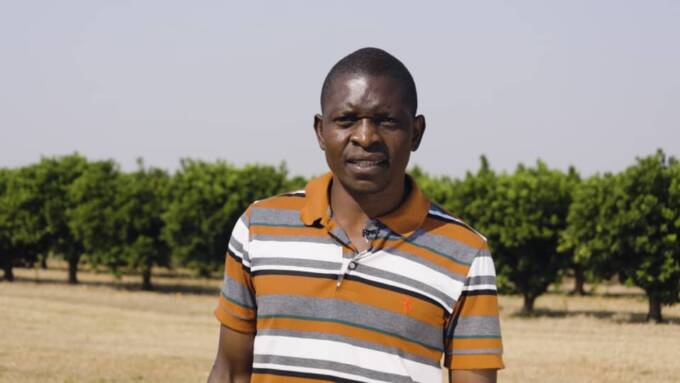
Mazoe Citrus production manager Noah Chanyeka
In its undertaking to promote and support efforts to drive industrialisation, private sector development and agricultural growth for the greater good, COMESA, in partnership with the EU, has invested in agriculture, thus transforming livelihoods in member states.
A successor organisation to the Preferential Trade Area (PTA), formed in 1981, COMESA was formed in 1994, and comprises 21 African countries, including Zimbabwe.
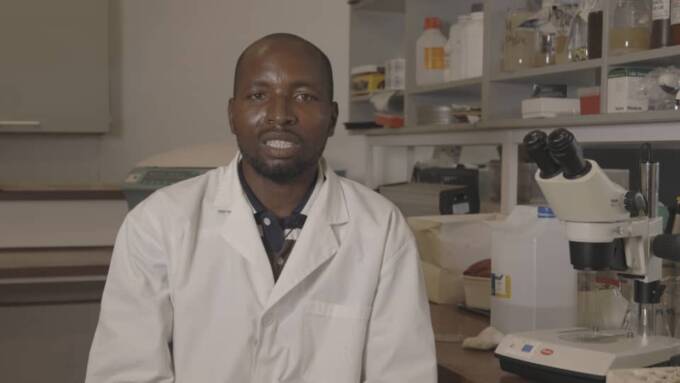
Plant pathologist, Dr Tinashe Runyanga
It is the largest Regional Economic Community (REC) in Africa, and offers the largest market for trade and investment.
Buoyed by a population of 586 million on at least two thirds of the African continent, a gross domestic product (GDP) of US$966,567 million, and sustaining global export/import trade in goods to the tune of US$383,932 billion, COMESA is in good stead to advance regional cooperation.
It is on the crest of this wave of integration that member states like Zimbabwe should ride on, utilising the many specialised institutions that COMESA has in various countries for the benefit of all citizens.
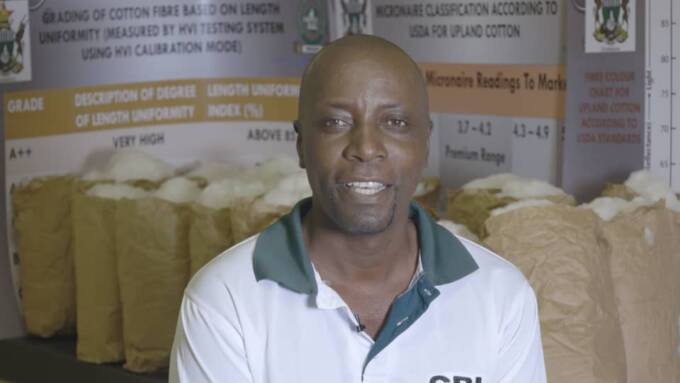
CRI research technician, Nyikadzino Gasa
Zimbabwe is endowed with vast arable land, large reservoirs of underground and surface water (with over 8 000 dams), favourable climatic conditions and an array of rich flora and fauna, which poise agriculture as a key driver in economic growth.
With over 39,6 million hectares of land and complementary agro-climate conditions, the country can sustain over 23 types of food and cash crops plus a multiplicity of livestock species.
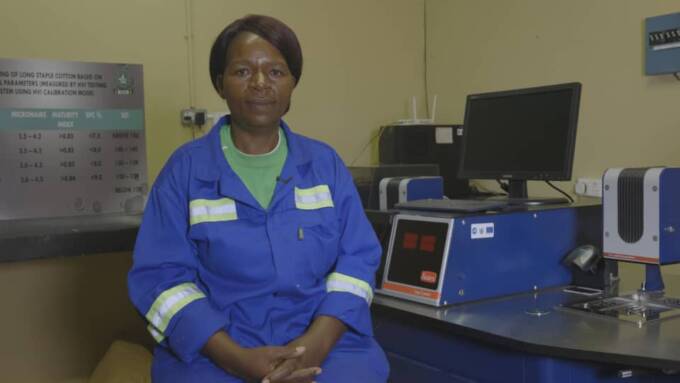
Aruna William
According to the Ministry of Lands, Agriculture, Fisheries, Water and Rural Development’s “National Agriculture Policy (2018-2030): First Draft” (2018) report, agriculture contributes 15-18 percent of gross domestic product (GDP), 23 percent to total formal employment, and sustains livelihoods for close to 70 percent rural citizens (54 percent of them women).
About 65 percent of industrial raw materials, and 60 percent of manufacturing value addition come from agriculture. In export earnings, agriculture enjoys a 40 percent share.
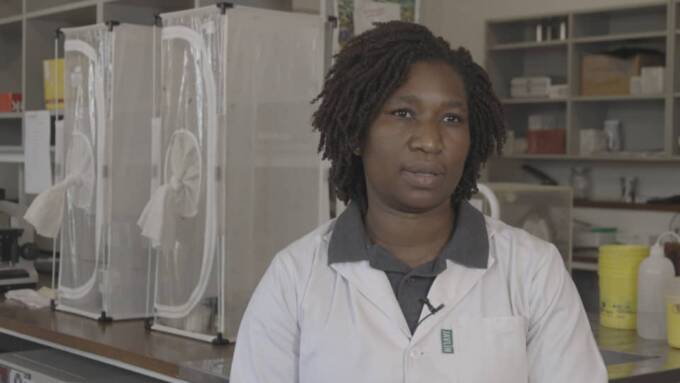
Principal plant quarantine officer, Louisa Makumbe
Of the 31 industry clusters in Zimbabwe, 15 rely on agriculture for feedstock. In addition, a third of the formal labour force is supported by agriculture-related employment.
About 64 percent of agricultural GDP come from maize (14 percent), tobacco (25 percent) and cotton (25 percent).
Agriculture, therefore, is a critical sector in Zimbabwe as it creates employment and reduces poverty, which is why integration, a vital hinge in COMESA, is essential to the country.
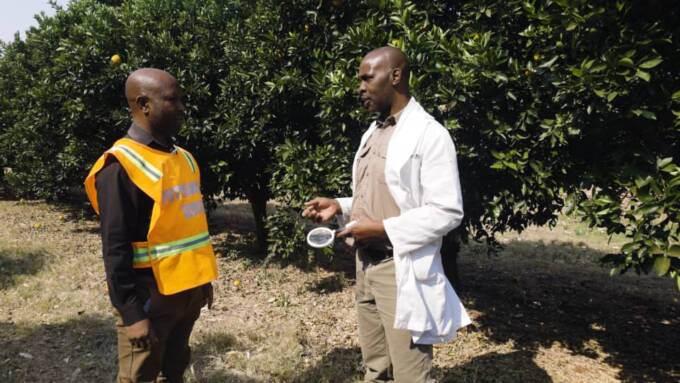
Plant Quarantine Services Institute officers
COMESA has played a crucial role in the revival of cotton farming in Zimbabwe through provision of top-notch machinery, which is envisaged to resuscitate big players in the value chain, such as David Whitehead Textiles in Chegutu, and improve the quality of lint produced in Zimbabwe.
The acquisition of a Cotton Fibre High Value Instrument (HVI), at a cost of €105 000, through the COMESA Regional Integration Implementation Programme I (RIIP I) project funded by the European Union, changed the story for the Cotton Research Institute in Kadoma.
“We used to send samples to Harare (for analysis), and it would take a week to get results,” said Nyikadzino Gasa, a research technician at the Cotton Research Institute, adding, “Now, because we have this machine here, it only takes a day.”
The HVI is a computer-assisted instrument which tests different fibre quality factors of cotton. Also, the machine informs both cotton seed varieties and the final lint quality produced in the cotton industry.
The procurement of the instrument has helped the institute in developing cotton varieties, an undertaking that had been stalled for some time owing to lack of efficient equipment.
“We acquired this machine through the EU, which was working with COMESA,” said Gasa.
As a result of the intervention, the research institute’s annual reach of farmers and other stakeholders in the industry requiring lint testing services grew from 300 000 two years ago to over 400 000 this year.
In addition, the quality of lint produced has long since improved due to efficiency and production of new cotton varieties in tandem with climate change-induced rainfall patterns.
“We publish the results online, and those companies seeking to buy our lint will be able to assess the information easily,” said Gasa.
His belief that they can now meet the demands of farmers, testifies to COMESA’s significance in the development matrices of its member states.
Aruna William, a laboratory operator at the institute said the HVI had lessened the burden on them.
“One critical aspect of the HVI is that it makes our work easier, since it cuts on manpower.
“For example, a task that used to be done by five people, can be undertaken automatically through the machine’s five modules, fundamental in testing cotton fibres,” she said.
William’s testament showed that COMESA is committed to making state-of-the-art technology easily accessible to Zimbabweans in the cotton value chain, thus alleviating difficulties faced before the arrival of the equipment.
“Before the acquisition of the HVI, we used manual machines, which was strenuous, labour-intensive and time consuming,” she said.
The Herald later visited another constituent in the agriculture sector, critical to productivity, that is, disease and pest control.
An important sub-sector of agriculture in Zimbabwe is horticulture, which is on a recovery path.
The Southern African country produces a wide range of fruits, including apples, avocados, citrus, bananas, coffee, guavas, tomatoes, mangoes and peaches in addition to vegetables like eggplant, bell peppers and cucurbits, which are exported to international markets, particularly the EU.
However, efforts to grow exports have been hampered by the country’s high-risk potential for hosting different fruit fly species, causing headaches to authorities and individual commercial farmers.
Fruit flies are a menace, not only to Zimbabwean farmers, but across the African continent.
Of the 1,9 million tonnes of mangoes produced in Africa annually, about 760 000 tonnes, translating to 35 percent, are destroyed by fruit flies.
Hence, interventions by COMESA and the EU are being felt at the Plant Quarantine Services Institute in Mazowe, about 33km north of Harare, which is under the Ministry of Lands, Agriculture, Fisheries, Water and Rural Development.
Louisa Makumbe, a principal plant quarantine officer at the institute said the project funded by the EU through COMESA assisted them in surveillance for “early detection and warning on insect pests and diseases of quarantine importance.”
Apart from protecting Zimbabwe’s agriculture from pests, and diseases of foreign origin, and also curbing export of the same to the Southern African country’s trading partners, COMESA’s involvement has made work easier for the institute.
“Under the COMESA RIIP project we were able to be funded with resources like fuel and diagnostic kits, for us to visit farmers at our time.
“We didn’t have to be determined by the farmer’s time for us to visit, because when you bring the farmer to take you to the farm, you have to work with their time,” said Makumbe.
There was more good news from the institute due to the investment made by the EU through COMESA from 2015 to 2021.
“Because of the COMESA project, and the improved monitoring of pests and diseases, we were able to reduce the notification of rejections. If our products go overseas, and they are not to the quality of our trading partners, they are destroyed at the cost of the farmer,” she said.
Makumbe said rejections had been minimised as more products from the country are now sailing through to niche markets like the EU.
“We have sold vegetables, peas, carrots, and citrus. They have been exported to the EU without any incidences of pests being detected, which is a plus, and which has brought foreign currency to our country”, she said.
This investment slots in with Zimbabwe’s Horticulture Recovery and Growth Plan aimed at reinforcing private-sector driven resuscitation and transforming rural communities.
Funding from the EU under the COMESA Regional Integration Support Mechanism (RISM) enabled the implementation of fruit fly surveillance programmes, beginning in July 2012, which saw Zimbabwe’s horticultural exports, especially to the EU, surging significantly between 2015 and 2022.
According to ZimTrade, in 2015, the country’s horticultural exports summed up to US$72,1 million, with the EU accounting for US$57,5 million worth of produce intake. The Netherlands took up US$32, 6 million, the United Kingdom (US$13,5 million), Germany (US$5,3 million), France (US$3,2 million) and Poland (US$2,9 million) worth of produce.
Plant Quarantine Services Institute plant pathologist, Josiah Runyanga, said concerning citrus export, there is a pest of quarantine significance, black spot, which should never be “associated with our consignment when it reaches the European market.”
Runyanga thanked COMESA for funding the institute, which has made them work efficiently.
“We have been capacitated by COMESA in terms of testing equipment. We received a PCR (polymerase chain reaction) machine and microscopes, which we have been using in diagnosing samples coming from Matabeleland South,” he said.
“We were quite happy when we received the PCR machine, because now it can take us 24 hours to get results. Previously, when we just used morphological characters to diagnose diseases, it took us two to three weeks.”
The institute is also grateful that COMESA acquired a generator for them as backup power supply, since everything at the institution is powered by electricity, from the PCR machine to the HVI and the incubators.
This has quickened work being carried out at the institute.
Furthermore, commercial farmers have not been left out as the benefits to the institution cascaded to them. Now, they can afford to smile all the way to the bank.
“True, COMESA came to our assistance through the Plant Quarantine Services Institute,” said Noah Chanyeka, citrus production manager at Mazoe Citrus, a key player in the subsector.
“We have always worked with the institute in our orchards. They come here from the fruit set stage, as we prepare our citrus for the next season. The fruit setting period coincides with our spraying programme.
“So, officials from the institute visit us to monitor and identify the pests, and assist us on how to curtail their spreading. They take samples, and timely provide us with the results to enable us to plan accordingly, so that the quality of our fruit is not compromised.”
Therefore, integration has won the day as interventions by COMESA and the EU in partnership with the Government of Zimbabwe saw many jobs being created, and livelihoods transformed. With the recent launch of the Africa Continental Free Trade Area, things are only bound to get better.
- This story was funded by COMESA

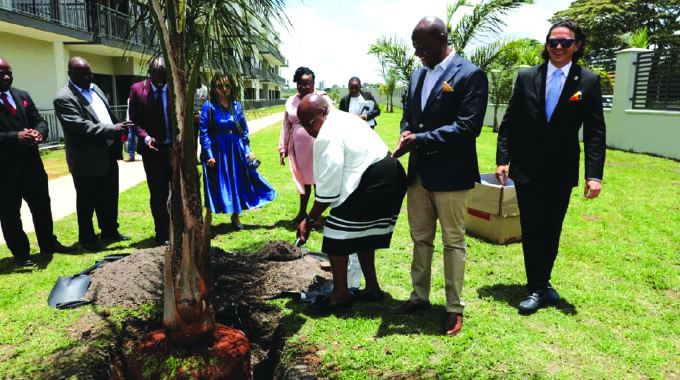
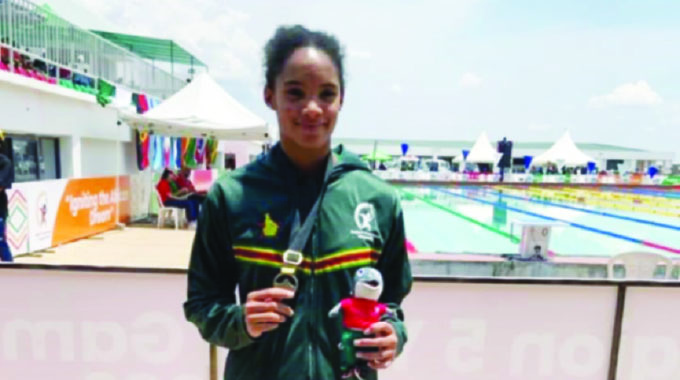

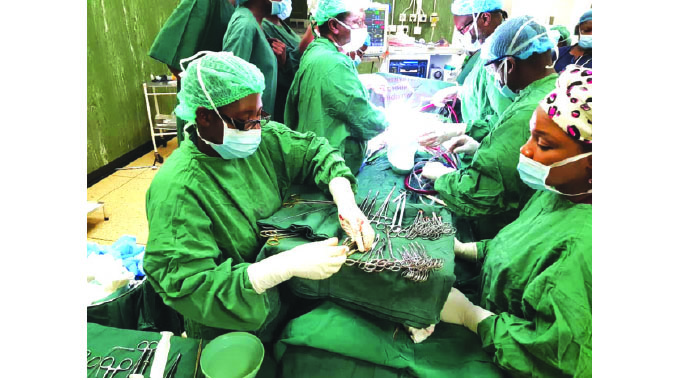
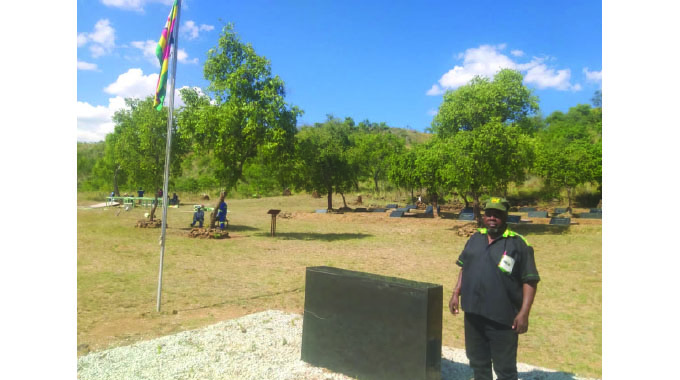

Comments